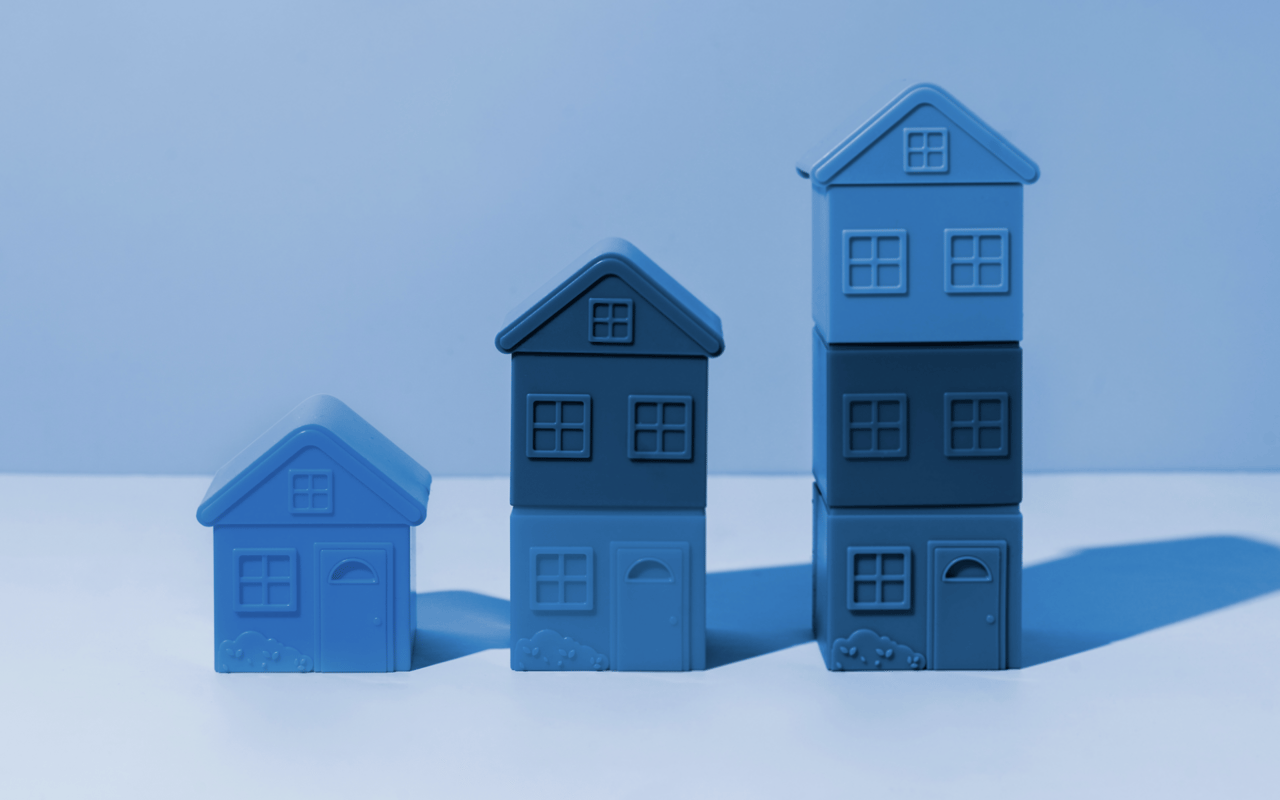Schedule a vet appointment before moving to ensure your pet is healthy and up-to-date on vaccinations. You can also ask the vet to provide records and recommendations for a new vet in your destination.
Make sure your pet’s ID tags and microchip information are current with your new address and contact number. This ensures that if your pet gets lost during the move, it will be easier to reunite with them.
Introduce your pets to moving boxes, tape, and other supplies in advance. This helps reduce fear or anxiety when packing starts. You want your pet to see these items as non-threatening and part of the environment.
Animals thrive on routine. Try to stick to your pet’s usual feeding, walking, and play schedule even as moving preparations begin. This consistency provides comfort amid the changes.
Prepare a moving kit with essentials like food, water, toys, and medications. Having easy access to these items during travel or the first days in your new home will make things easier for you and your pet.
If your pet isn't already accustomed to a carrier or crate, start getting them comfortable with it in advance. During the move, the crate will provide a secure and familiar space, reducing the risk of accidents or escapes.
Determine how your pet will travel to the new location. If you're moving a long distance, consider pet-friendly accommodations along the way or direct flights to minimize travel time.
Keep your pet in a quiet room or with a trusted friend on moving day. This will shield them from the commotion and prevent any chance of them escaping while
9. Research Pet Regulations at Your Destination
Check for pet-related rules in your new community. Some neighborhoods or rental properties have restrictions on certain breeds or require pet registrations. Staying informed will prevent unexpected issues.
10. Arrange Pet Care for Moving Day
Hiring a pet sitter or boarding your pet on moving day can alleviate stress for both of you. Once the move is complete, your pet can adjust to a calmer environment.
11. Unpack Your Pet’s Space First
Set up your pet’s bed, toys, and other familiar items as soon as possible in the new home. This gives them a designated space to feel secure while you unpack the rest of the house.
12. Gradually Introduce the New Home
Allow your pet to explore the new home slowly, one room at a time. This prevents them from becoming overwhelmed by the unfamiliar environment.
13. Monitor Your Pet’s Behavior
Watch for signs of anxiety or distress in your pet, such as changes in appetite or bathroom habits. Some pets may take longer to adjust, and consulting a vet can provide guidance if needed.
14. Update Your Pet's Routine Gradually
If your new home or neighborhood requires changes to your pet’s routine, make these adjustments slowly. Introduce new feeding or walking schedules over time to help your pet adapt more easily.
15. Explore the New Neighborhood Together
Take your pet on walks around the new neighborhood to help them become familiar with the area. This will also give you an opportunity to discover local parks and pet-friendly spaces in Chestnut Hill, PA.
16. Keep a Familiar Item on Hand
During the move and when settling into your new home, make sure your pet has access to a familiar item like a favorite blanket or toy. The scent and feel of this item will provide comfort during times of stress.
17. Secure Outdoor Spaces Before Letting Pets Out
Before allowing your pet to roam in any outdoor spaces at the new home, inspect fences or gates to ensure they’re secure. This prevents accidental escapes, especially when your pet may be anxious or disoriented in a new environment.
18. Introduce New Sounds and Smells Gradually
A new home can come with unfamiliar sounds and smells. Introduce your pet to these stimuli slowly by playing calming music or offering familiar scents in different rooms to help them adjust without feeling overwhelmed.
19. Schedule a Vet Visit in Your New Area
Once you've settled in, schedule a check-up with a vet in your new area to ensure your pet is adjusting well to the new environment. It also gives you an opportunity to establish care in case of emergencies.
20. Keep Pets Indoors Initially
Keep your pet indoors for the first few days or weeks to help them acclimate to their new surroundings. Let them explore their new home gradually before allowing them outside to prevent confusion and potential escape.
21. Stay Patient and Positive
Moving can be as stressful for pets as it is for humans. Stay patient, and maintain a positive attitude as your pet adjusts. Offering extra affection, praise, and treats during this time can help ease the transition.
About Liz Clark
Clients consistently describe Liz Clark as friendly, well-connected, and knowledgeable, making her a trusted and approachable real estate professional. With over 15 years of full-time real estate experience, Liz guides her clients through the entire process, from setting goals to developing and executing tailored plans to meet them.
Her expertise spans the Philadelphia market, where she represents buyers and sellers throughout Philadelphia County and the surrounding suburbs, and her network extends all over the nation, making her an excellent choice for folks relocating to or from the Philadelphia area. Education and preparation is a priority for Liz, and she ensures that her clients feel informed and comfortable throughout every step of their real estate journey.
Liz has cultivated strong professional connections with mortgage, inspection, photography, staging, marketing, and insurance experts. These resources allow her to assemble the right team for every client.
If you're looking to buy or sell a home or have any questions about the Chestnut Hill, PA, real estate market, contact
Liz Clark today.










